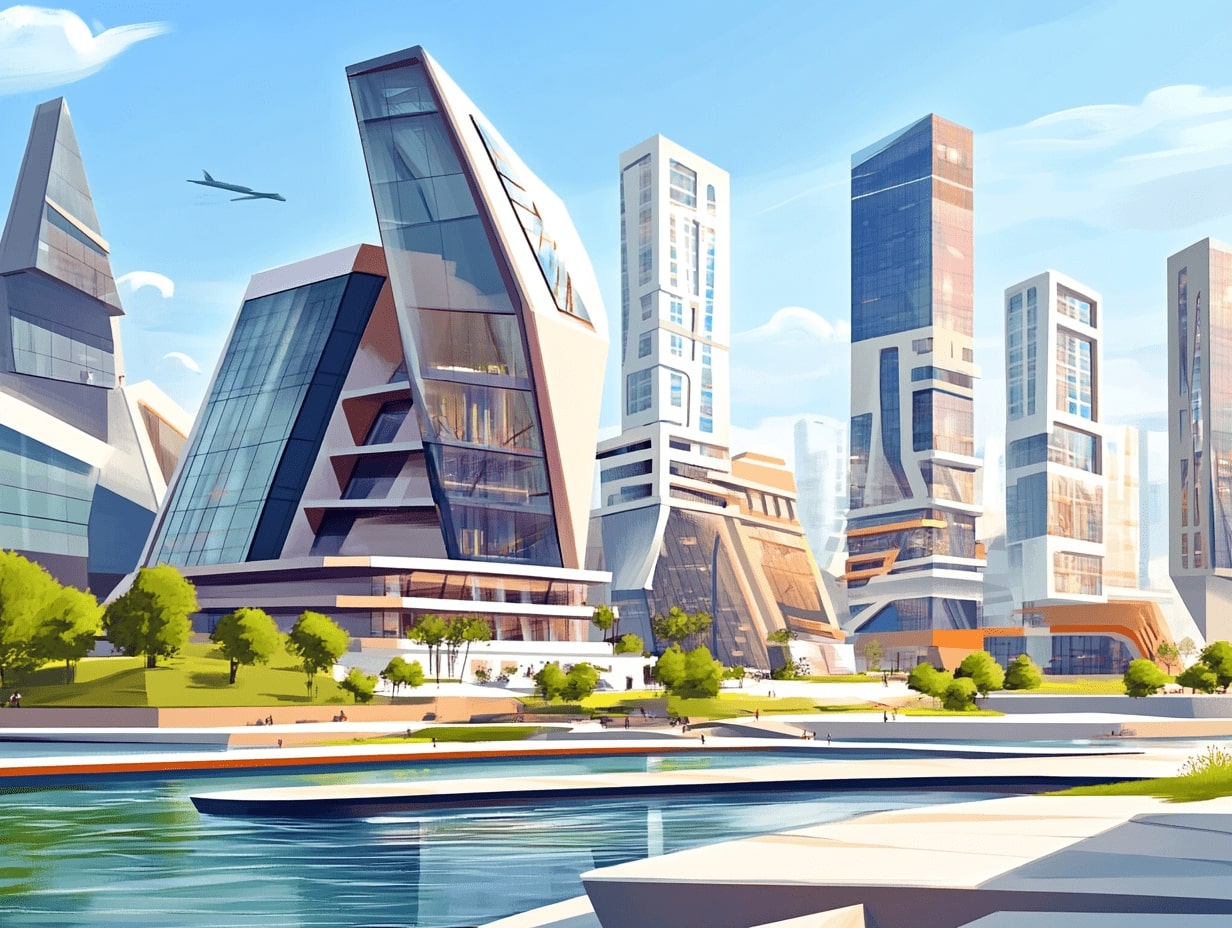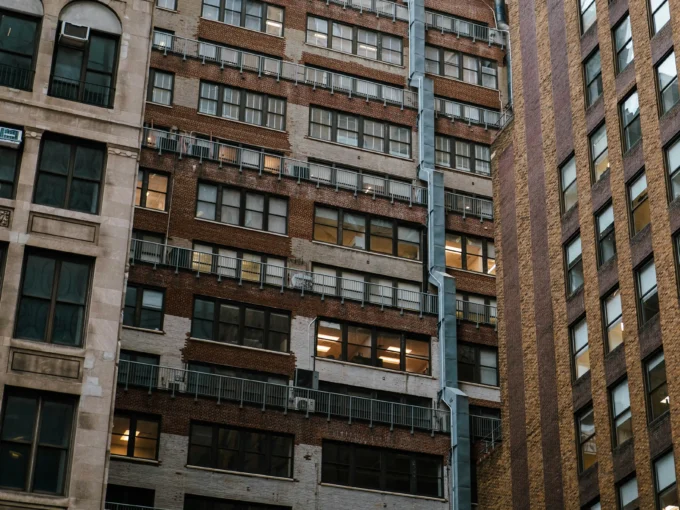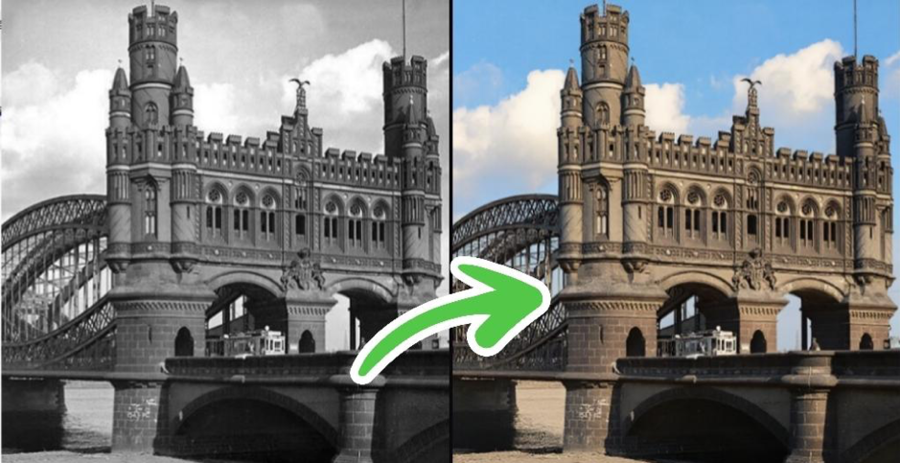- Home
- Articles
- Architectural Portfolio
- Architectral Presentation
- Inspirational Stories
- Architecture News
- Visualization
- BIM Industry
- Facade Design
- Parametric Design
- Career
- Landscape Architecture
- Construction
- Artificial Intelligence
- Sketching
- Design Softwares
- Diagrams
- Writing
- Architectural Tips
- Sustainability
- Courses
- Concept
- Technology
- History & Heritage
- Future of Architecture
- Guides & How-To
- Projects
- Interior Design
- Competitions
- Jobs
- Store
- Tools
- More
- Home
- Articles
- Architectural Portfolio
- Architectral Presentation
- Inspirational Stories
- Architecture News
- Visualization
- BIM Industry
- Facade Design
- Parametric Design
- Career
- Landscape Architecture
- Construction
- Artificial Intelligence
- Sketching
- Design Softwares
- Diagrams
- Writing
- Architectural Tips
- Sustainability
- Courses
- Concept
- Technology
- History & Heritage
- Future of Architecture
- Guides & How-To
- Projects
- Interior Design
- Competitions
- Jobs
- Store
- Tools
- More
Top Techniques for Capturing Architecture: Elevate Your Photography Game
Discover top techniques for capturing architectural photography that tells a story. Learn to master light, composition, and perspective, use the right equipment, and refine images through post-processing. From creative artistry to technical precision, this guide will help you reveal the essence and beauty of structures while avoiding common mistakes for truly impactful visuals.

Architecture tells a story through its design, form, and details, and capturing it effectively can feel like unlocking a world of creativity. Whether it’s the grandeur of historic landmarks or the sleek lines of modern structures, architecture photography lets us preserve these stories and share them in a visually compelling way.
We know it takes more than just pointing a camera at a building to truly capture its essence. From understanding light to mastering composition, there are techniques that can elevate our shots from ordinary to extraordinary. Let’s explore how we can bring out the soul of architecture through our lenses.

Table of Contents
ToggleUnderstanding Architectural Photography
Architectural photography focuses on representing buildings, spaces, and structural designs through precise imagery. Capturing these subjects requires a deep appreciation of their form, function, and aesthetic. By understanding these elements, we enhance our ability to communicate the intent and essence of the architecture.
Studying Building Design
We begin by analyzing the structure’s design, materials, and purpose. Recognizing unique features like symmetry, textures, or innovative construction methods helps emphasize the building’s story within the photograph.
Observing Light Interaction
Light significantly influences how architecture is perceived. Tracking how natural and artificial light interacts with surfaces, shadows, and details ensures our images reflect depth and dimension effectively.
Exploring Perspectives
Changing angles and vantage points uncovers unique views of the architecture. Highlighting grand entrances or intricate patterns becomes possible through imaginative perspectives, enriching the visual narrative.
Appreciating Context
Incorporating surroundings, such as urban environments or natural landscapes, provides context to the structure. Linking the building to its space creates compelling compositions that evoke a sense of place.

Essential Equipment For Capturing Architecture
Using the right equipment enhances architectural photography, enabling precise details and creative compositions. Each tool plays a critical role in achieving professional-quality results.
Cameras And Lenses
High-resolution cameras ensure detailed architectural captures. Full-frame DSLRs and mirrorless cameras excel due to their dynamic range, low-light performance, and sharpness. Models like the Nikon D850 or Sony A7R series offer outstanding image quality for challenging lighting conditions.
Wide-angle lenses showcase expansive interior spaces and tall structures without sacrificing detail. Focal lengths like 16-35mm work well for encompassing both scale and context. Tilt-shift lenses, such as the Canon TS-E 24mm, correct perspective distortion, essential when shooting skyscrapers or symmetrical designs. A versatile 50mm lens aids in highlighting intricate architectural details.
Tripods And Accessories
Sturdy tripods stabilize shots, particularly in low-light scenarios or when using longer exposure times. Options like the Manfrotto Befree Advanced provide portability and reliability. Ball heads with smooth adjustments allow precise framing, important for aligning verticals in architectural scenes.
Accessories like remote shutter releases and bubble levels reduce vibrations and ensure level horizons. Circular polarizing filters control reflections on glass surfaces or water around structures, while neutral density filters enable balanced exposures in varying lighting conditions.

Top Techniques For Capturing Architecture
Highlighting architectural beauty requires thoughtful techniques that bring out a building’s essence. Combining creative and technical approaches enhances the visual storytelling of each structure.
Mastering Composition And Perspective
Carefully arranging elements within the frame improves architectural photography’s impact. Aligning lines and shapes creates symmetry, leading the viewer’s eye. Employing the rule of thirds balances subjects, allowing a natural yet structured layout.
Experimenting with low angles or extreme heights adds drama, emphasizing scale. Using leading lines, like pathways or ceilings, guides focus toward the building. Tilt-shift lenses adjust perspective, eliminating distortion in tall structures. These techniques ensure precise framing and visually dynamic results.
Utilizing Natural Light And Shadows
Light shapes architecture, defining its textures and tones. Early morning and late afternoon, known as golden hours, provide warm, soft lighting. Capturing buildings during these times reduces harsh contrasts, enhancing details.
Observing how shadows fall over surfaces adds depth to flat compositions. Highlighting intricate patterns from light and shadow interplay creates engaging visuals. Adjusting exposure settings prevents overexposing bright areas when balancing sunlight and shaded portions.
Balancing Exterior And Interior Shots
Showcasing both exteriors and interiors portrays a comprehensive architectural narrative. Exterior shots highlight the structure’s design within its surroundings, while interiors capture functionality and intricate details.
Using wide-angle lenses covers spatial expansiveness inside rooms, emphasizing depth. Combining natural and artificial light in interior photos ensures even illumination without overpowering design features. Shooting from angles that include windows or doorways bridges the connection between inside and outside spaces.

Post-Processing Tips For Architectural Photography
Optimizing architectural photography through post-processing refines details and enhances the final image. Precision and care during this stage elevate the quality of our work.
- Correct Perspective Distortions
Adjusting vertical or horizontal lines ensures architectural accuracy. Use perspective correction tools in software like Adobe Lightroom or Photoshop to align edges caused by lens distortions. - Enhance Contrast And Textures
Boosting contrast and clarity accentuates architectural materials and surfaces. Apply localized adjustments to highlight intricate details, such as stone carvings or metallic finishes. - Refine Colors And Tones
Fine-tuning color balance or saturation captures the authentic atmosphere of the structure. For example, emphasizing warm tones in twilight shots enhances the ambiance, while maintaining neutral tones ensures color fidelity. - Remove Unwanted Elements
Eliminate distractions such as wires, litter, or reflections that distort the composition. Clone or heal tools in editing software streamline images to focus solely on the architecture. - Balance Light And Shadows
Adjusting highlights and shadows ensures well-distributed exposure. For daytime shots, reduce harsh shadows, while for low-light images, recover subtle details hidden in shadowy areas. - Use HDR Techniques
Combining multiple exposures enhances dynamic range in situations with extreme contrast. Tools like Photomatix or Lightroom merge exposures to preserve details in bright skies and darker interiors. - Crop And Align Precisely
Cropping ensures balanced framing and eliminates unnecessary space. Aligning elements symmetrically keeps the composition clean and professional.
Efficient post-processing creates polished visuals that accurately represent architectural beauty.

Common Mistakes To Avoid
Avoiding common mistakes enhances the quality of architectural photography. By addressing these issues, we create images that authentically represent the design and essence of structures.
Ignoring Perspective Distortion
Skipping perspective correction results in unnatural-looking images. Use tilt-shift lenses or post-processing tools to align vertical lines and preserve the architectural integrity.
Overlooking Light Conditions
Photographing architecture under harsh midday light leads to flat and overexposed images. Plan shots during golden or blue hours to utilize soft, directional light for better depth and texture.
Neglecting Composition Basics
Randomly framing shots without considering composition weakens their impact. Apply principles like leading lines, symmetry, and the rule of thirds to guide the viewer’s focus effectively.
Not Considering Surroundings
Excluding the surrounding environment isolates the structure unnaturally. Incorporate the landscape or urban context to convey a comprehensive architectural narrative.
Excessive HDR Usage
Overusing HDR creates overly saturated and unrealistic photos. Maintain a balance when enhancing dynamic range to reflect the true atmosphere of the scene.
Failing to Capture Details
Focusing solely on wide shots misses intricate design elements. Highlight unique details like facade patterns, textures, or ornaments to enrich the story of the structure.
Conclusion
Architectural photography combines technical precision with creative artistry, allowing us to showcase the essence of structures. By mastering composition, leveraging light and shadows, and utilizing the right equipment, we create compelling visual narratives. Attention to details, from form and function to materials and surroundings, enhances storytelling, while thoughtful post-processing refines the final imagery. Avoiding common mistakes and approaching each structure with respect for its design ensures impactful and authentic representations.
- architectural angles and perspectives
- architectural photo editing for beginners
- architectural photography equipment
- architectural photography lighting
- architectural photography settings
- architecture photography composition
- architecture photography course
- building photography for beginners
- essential architectural photography tips
- interior architectural photography guide
- learning architectural photography
- mastering architectural photography
- step-by-step architecture photography
- tips for shooting architecture
Submit your architectural projects
Follow these steps for submission your project. Submission FormLatest Posts
How to Restore Old Photos of Historical Buildings with AI Tools
Introduction To restore old photos is essential since these contain invaluable memories,...
From Las Vegas to Rome: A Visual Journey by Iwan Baan at Princeton University
The Princeton University School of Architecture presents “From Las Vegas to Rome”...
Unlocking the Art of Architectural Photography: Techniques, Tips, and Equipment Guide
Explore the captivating world of architectural photography in our latest article. Discover...
Essential Tips and Techniques for Stunning Architectural Model Photography
Discover the art of architectural model photography, where precision meets creativity. Learn...












Leave a comment